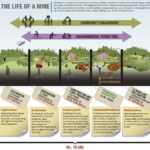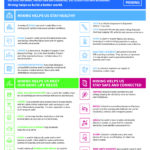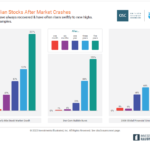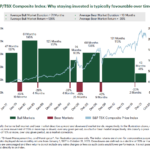In 2009 the U.S. conducted stress tests on the largest banks in the country. The results of these tests were widely published. These tests were merely a huge PR exercise to boost confidence of the investing public in the banking system. The government succeeded in that effort as there was no widespread panic expressing doubts over the strength of the major banks and investors slowly returned to banking stocks.
Not to be left behind, the Europeans conducted their own stress tests on major European banking institutions last year. Except seven banks, all others passed these tests. Commenting on the results, The Wall Street Journal noted that these tests relied on mild assumptions.
While Europeans and Americans conducted these tests, it appeared that Canada did not perform any such testing on its major banks. However it has now been revealed that Canada also conducted these tests but did not publish the results.
From a recent story in the Financial Post:
Canada’s financial regulator has been hard at work for the past two years stress testing the banks but ordinary investors can forget about ever seeing the results, according to a senior official there.
Speaking at an investor conference in Toronto on Tuesday, Mark White, assistant Superintendent of Financial Institutions, justified the decision, saying that the Canadian bank regulator doesn’t want to get involved in what it sees as a public relations exercise.
In the aftermath of the financial crisis regulators around the world carried out stress tests on their banks and published the results. The idea was to allay fears that some banks were holding back information about losses and were not as strong as they appeared. By making the results of the tests public, regulators hoped to rebuild confidence so that the financial system could start functioning normally again.
The United States, Britain and Europe all adopted the practise — in fact, most of the developed world — but not Canada.
Other countries had legitimate reasons for trying to boost confidence in their banks because so many lenders had to be rescued by government, Mr. White said.
“We don’t believe we have that situation [in Canada],†he said.
Canadian banks emerged from the crisis mostly unscathed with none requiring direct government bailouts.
Nevertheless OSFI has been hard at work digging through bank balance sheets, trying to gauge what would happen in a range of scenarios.
Rather than relying on the banks’ own internal tests OSFI in partnership with the Bank of Canada have developed a sophisticated “macro†stress test that can be applied to all the lenders so the results can be easily compared. The work has put this country at the forefront of “macroprudential†testing, said Mr. White.
It is interesting to note that unlike their European and American peers, Canadian regulators were pro-active and conducted the stress tests on the major banks in-spite of them remaining strong during the height of the credit crisis. In addition, Canadian regulators are one step ahead of other developed countries with the development of their sophisticated “macro” stress tests.
The five largest Canadian bank stocks and their current dividend yields are listed below:
1.The Bank Of Nova Scotia (BNS)
Current Dividend Yield: 3.44%
2.Bank Of Montreal (BMO)
Current Dividend Yield: 4.80%
3.Canadian Imperial Bank of Commerce (CM)
Current Dividend Yield: 4.41%
4.Royal Bank Of Canada (RY)
Current Dividend Yield: 3.78%
5.Toronto Dominion Bank (TD)
Current Dividend Yield: 3.25%
Disclosure: Long all five stocks noted above.



